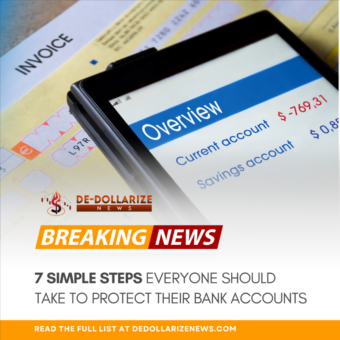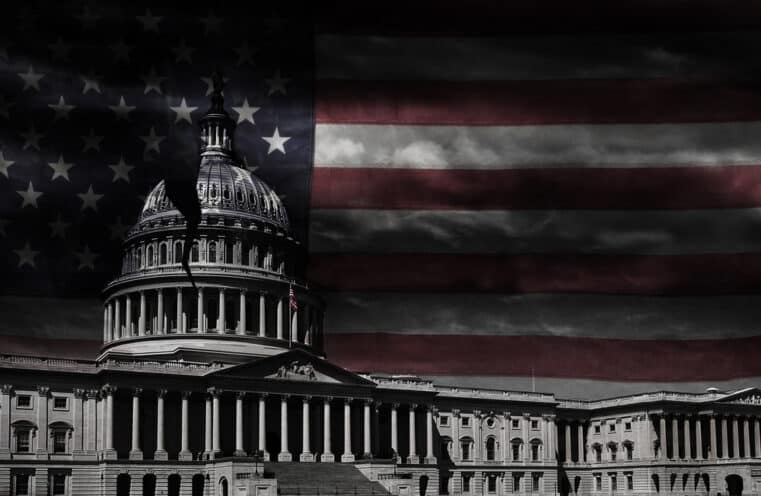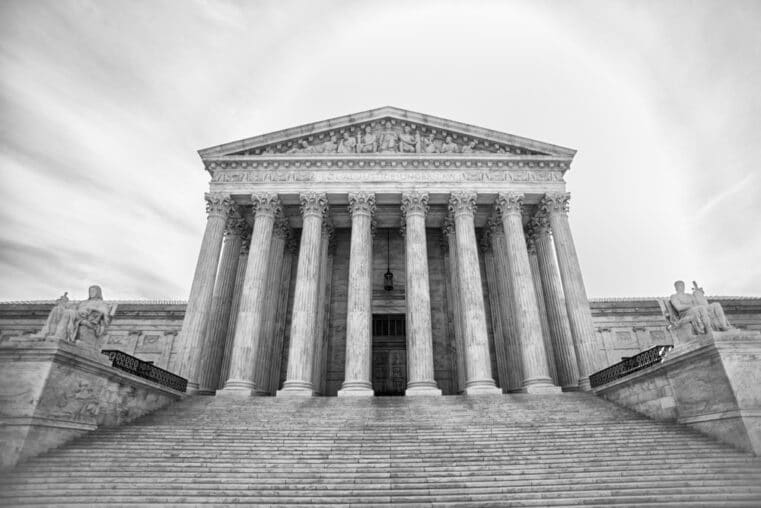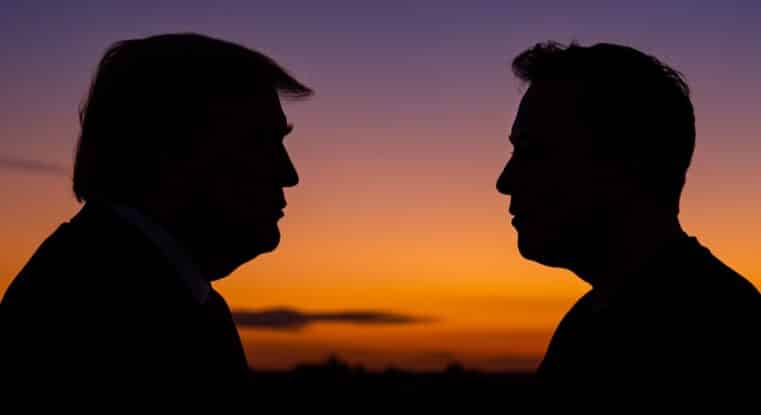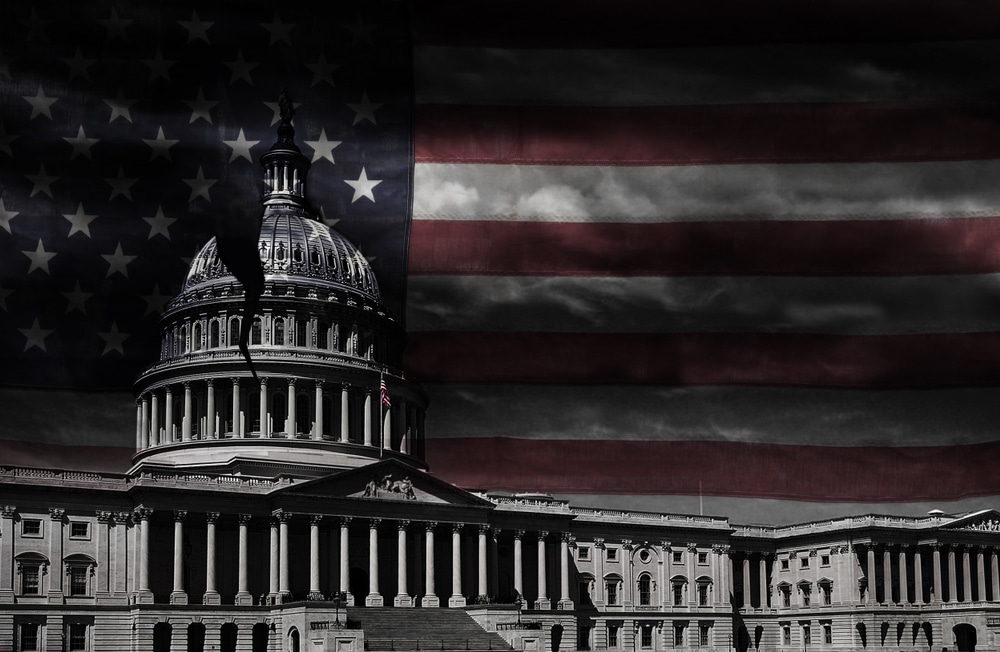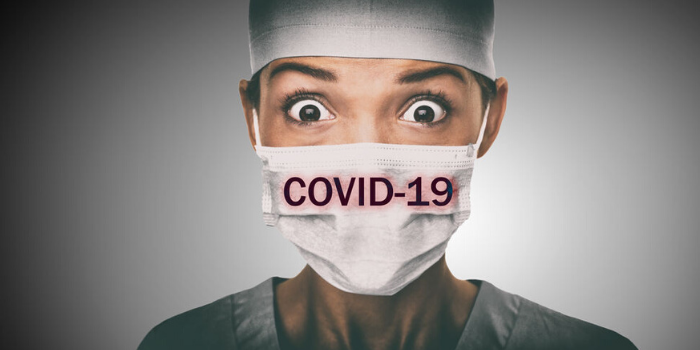
COVID-19’s “American Bankruptcy Rate” Will Dwarf Its Mortality Rate
If you’re worried about getting infected with the coronavirus, then good. It shows that your survival instincts just might keep you from catching the virus itself, or infecting others.
The good news is that the mortality rate is somewhat low. The World Health Organization (WHO) initially said it was around 2%, later revised up to 3.4%. Some epidemiologists have argued that it’s closer to 1%.
It all depends on your age, health, and whether you have any pre-existing conditions that place you in the higher-risk category.
Whatever the true rate may be, mortality is still relatively low, despite the spread rate being high.
But there are other second-order effects that most people aren’t focusing on.
For instance, nobody is talking about the instance in which many of those who’ve recovered have sustained permanent physical damages. Don’t assume that those who recover will be the “same” as before they got ill. That’s not the case.
Another effect and this is our main focus, is the possibility that many Americans are more likely to go bankrupt than face any serious illness.
This represents vulnerabilities to which almost every person is susceptible despite age and health.
The Economic Fallout from Coronavirus May Be More Severe Than the Health Risks
If COVID-19 isn’t directly affecting you healthwise, it’s already affected you in terms of your economic output.
You’re probably stuck at home.
If you are lucky enough to work from home, then count your blessings. But if you are like many other Americans who can’t work remotely, then you run the risk of not making enough money to afford basic goods.
Worst of all, you--as an individual or business--risk the ruin of bankruptcy. That in itself, is a kind of fatality, a form of “financial death.”
Over the last few weeks, Trillions of dollars have been wiped from the financial markets. The Federal Reserve, attempting to assuage markets by cutting rates to near-zero, was immediately met by more selling.
On Monday, the Dow Jones Industrial Average lost nearly 3,000 points, down -12.93% in a single day!
Remember how last year we wrote about the Fed being “out of bullets”? Have you wondered how much ammo the Fed has left to boost the economy in the later stages of COVID-19’s economic fallout?
Let’s be realists here: this is just the beginning.
As of today, global coronavirus deaths have surpassed 6,500. Looking forward, however, millions of people will be financially destroyed by this pandemic.
Supply chains are drying up so that businesses relying on them most are feeling its severe impact. Businesses that rely on social traffic (such as restaurants, bars, cafes, etc.) are getting hit the worst.
Across the globe, China, the world’s largest exporter and one of the largest global manufacturers, has had its factories closed for some time.
This means that any slowdown in China’s industrial output likely marks a slowdown in the global economy.
Last week, the first coronavirus vaccine test injection in the US took place. It can take up to a year for a vaccine to be FDA-approved for mass distribution.
In the meantime, isn’t it a bit hard to imagine a proverbial “vaccine” for COVID-19’s economic destruction?
Was it, perhaps, the Federal Reserve rate cut? If that doesn’t work, what’s the Fed to do--enter the world of negative yield?
More Than Half of All American Jobs Are At Risk
According to Moody’s Analytics, 80 Million jobs hang in the balance. The risk, medium to high.
Do you know the significance of that figure--80 Million? There are 153 million jobs in the US, according to Moody’s. 80 Million is more than half of those jobs.
Will all of these workers end up jobless? Probably not. Is that a relief? Not really.
Imagine barely making enough to feed yourself or your kids. Imagine being unable to sleep because you don’t know how you’re going to pay your bills or your rent. On top of this, what if you’re beyond middle age, with health conditions--not only is your financial well-being at stake, the question of survival becomes a serious existential matter.
For 27 Million of these jobs, the risks are higher. These comprise jobs pertaining to leisure and hospitality, transportation, and oil drilling among others.
For many Americans, this is the new normal, and it’s grim.
Governments are currently focusing most of their efforts toward “flattening the curve” on the spread rate.
Sadly, and out of necessity, governments have had very little time to deal with the economic fallout of this pandemic.
Economists for two of the largest banks--Goldman Sachs and Morgan Stanley--have already declared that a global recession has already emerged.
“While the policy response will provide downside protection, the underlying damage from both COVID-19’s impact and tighter financial conditions will deliver a material shock to the global economy,” economists from Morgan Stanley said.
Goldman Sachs sees the trough for the S&P 500 to settle around 2,000.
Overall, it’s difficult to see how this pandemic will not trigger a global economic downturn. The problem is that all economic matters rest upon the outcome of the pandemic itself.
And as if this weren’t enough to deal with, there’s the oil price war between Russian and Saudi Arabia which threatens American energy companies (many of them are overloaded with debt), plus the matters concerning potential global economic slowdown that worried investors before the coronavirus pandemic was even on the horizon.
A perfect storm, seemingly.
The More Complex the Problem, the Simpler the Solution
Here’s a practical scenario: remember the Ford Pinto in the early 1970s? It kept blowing up when it was rear-ended.
A car has thousands of parts. Relatively complex. The solution, however, was simple: don’t buy a Ford Pinto.
Is it possible to get infected with the coronavirus in a bar or restaurant? Yes. So don’t go to bars or restaurants.
Does it take a level of thinking similar to that of rocket science to navigate the dynamic complexities of an economic crisis, such as the one we’re now facing?
No, it doesn’t. And this is the message we’ve been saying all along, for years. Along with your stocks, holding bonds, and cash (always handy to have cash) helps. And to hedge those assets against purchasing power erosion, holding sound money--gold and silver--are your best safe havens.
Considering the possibility that the full economic impact of COVID-19 hasn’t completely unfolded yet, there’s more to come, meaning more upside for both gold and silver.
This last comment should attract not only those who haven’t yet hedged their portfolios, but those who are looking for asset appreciation.
Again, we’ve been saying this since 2016, and we’re saying it again. What you decide to do with this opportunity is 100% up to you.

